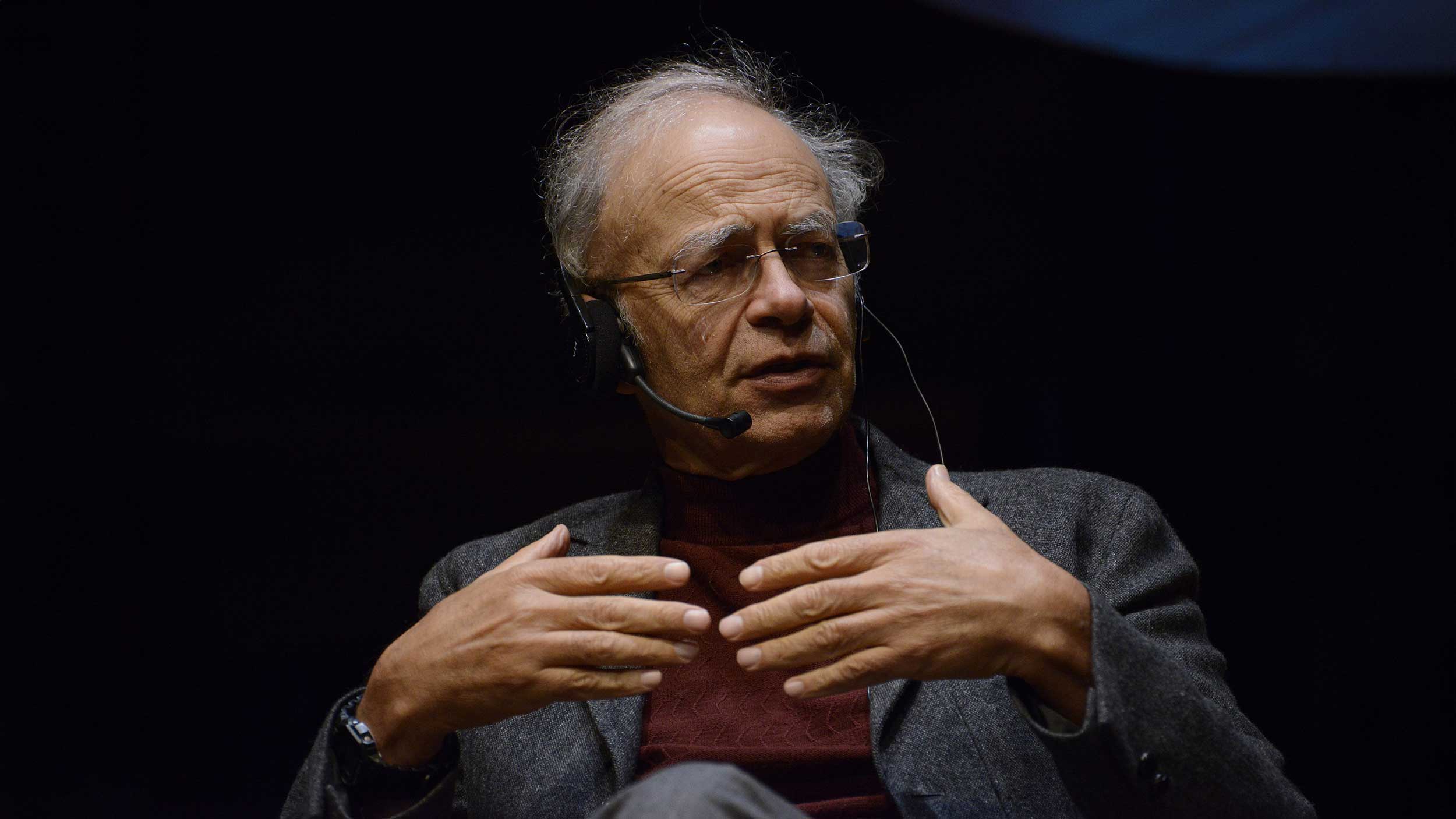In 1987, Japanese scientists from Osaka University reported an unusual occurrence they had observed in a strand of E. coli bacteria. A strange part of the strand’s DNA contained five repetitions of the same sequence of 29 nucleotides (the basic building blocks of DNA), interrupted by divergent sections consisting of 32 nucleotides. Schematically, the sequence can be described as ABACADAEA, where A stands for the segment that repeats, while B, C, D, and E are the divergent parts. This was the first time anything like this had been observed in bacterial DNA. The scientists assumed it was something more than a coincidence, an unknown mechanism whose function had not yet been made clear. They later noticed the same series of nucleotides in other bacterial species and named the sequence CRISPR, or “clustered regularly interspaced short palindromic repeats”.
When an unusual phenomenon is observed in a species that has been around for millions of years, it makes sense to treat the change as significant. In 2005, by which time scientists knew much more about DNA sequences in many different living beings, a team conducted a comparative study to discover the nature of the unusual sequence observed back in 1987. They found out that the divergent parts in CRISPR sequences were in fact viruses.
The biologist Eugene Koonin then suggested that CRISPR was some sort of defence mechanism the bacteria had developed against viruses. Bacteria presumably stored parts of the viral DNA, which enabled them to identify the virus when it reappeared. It was like storing an intruder’s “photo ID”.
When a virus attaches itself to a cell, it releases its genetic material. The cell in turn defends itself by releasing special enzymes that try to destroy the attacker. However, this sort of defence is not very effective as the cell usually succumbs to the attacker, and only rarely survives. When it does survive, it releases more enzymes, breaking up the virus’s DNA and installing it in the cell’s DNA in the form of divergent parts of CRISPR. The next time the cell is attacked by the same virus, it is better prepared. It releases special units, equipped with a photo ID of the attacker, on a mission to destroy it.
In 2012, biochemist Jennifer Doudna had the idea of using this system of bacterial immuno-defence against viruses as a universal tool for “editing” the genetic inscription in any living cell. Together with her colleagues she discovered the system could work rather like a pair of molecular scissors used for carefully defined operations in live cell genomes.
By then it had been confirmed that CRISPR was a form of a bacterial immune system, borrowing parts of viral DNA which could then be used to identify the same virus in case of a subsequent attack. CRISPR works with the help of Cas enzymes (“CRISPR-associated proteins”), which cut through the double DNA strand. Genetic transcriptions for the specific enzyme Cas9 have been found in the bacterial genome in the vicinity of the CRISPR sequences.
The bacterial cell mechanism works in the following way. Parts of the viral DNA that get stored in the median divergent regions of CRISPR could be described as the cell’s photo line-up. This line-up consists of descriptions of the attackers the cell has already encountered. With the help of these images, the Cas9 enzymes are transformed into highly effective tools. Based on the DNA sequences of dangerous viruses, RNA molecules are formed, and these embed themselves into the Cas9 enzymes. The enzyme with an embedded RNA molecule that corresponds to the viral DNA sequence is then released into the cell and goes on to attach itself to every strand of DNA that comes its way. If the enzyme’s RNA sequence doesn’t match the passing DNA, nothing happens and the enzyme continues its search. But when it finds the right DNA, a strand that matches the RNA in the enzyme, the DNA is shredded to pieces and destroyed.
Fighting mosquitoes
Jennifer Dounda had an idea. Instead of attacking the viruses, the RNA transcript could be edited in a way that would enable the Cas9 enzymes to detect and destroy the damaged part of the gene causing a disease. The faulty part of the gene needs to be replaced with a new fully functioning part, but that is not a problem. This is done by enzymes responsible for repairs in the damaged DNA. The system has been successfully tested on haemophilic mice. In January 2013 scientists showed they could use this method to cut out parts of DNA in human cells and splice in replacement sequences.
It is important to point out that the CRISPR system can be used on any living being. There is no known biological species this method could not be used on, be it bacteria, plants, animals or humans. Currently the method has proven to be most successful on test animals such as mice, rats and fruit flies. Researchers are trying to find a way to use this method to improve cancer treatment.
The use of CRISPR technology could make it possible to bring back some extinct species. If we could define the genes in extinct species that differ from those in living species, we could use this method to replace them and recreate an animal or plant that has died out. Applications of CRISPR are also promising in the field of pest extermination, for instance, in killing off malaria-transmitting mosquitos.
The CRISPR technology allows for a much more accurate, simple, and above all inexpensive way of editing and modifying cellular genetic inscriptions, and is expected to undergo rapid development for a wide variety of applications. In November 2014, Jennifer Doudna and her colleague Emmanuelle Charpentier were awarded a multi-million dollar “breakthrough prize in life sciences” sponsored by Mark Zuckerberg, the founder of Facebook, and several other Internet billionaires.
Upon receiving the award, Jennifer Doudna emphasized that the discovery was made while they were trying to gain a better understanding of bacterial processes. They never actually intended to develop a new technique of gene editing. That is why it is extremely important to support research aimed at explaining a particular process, and not just the search for practical applications.






